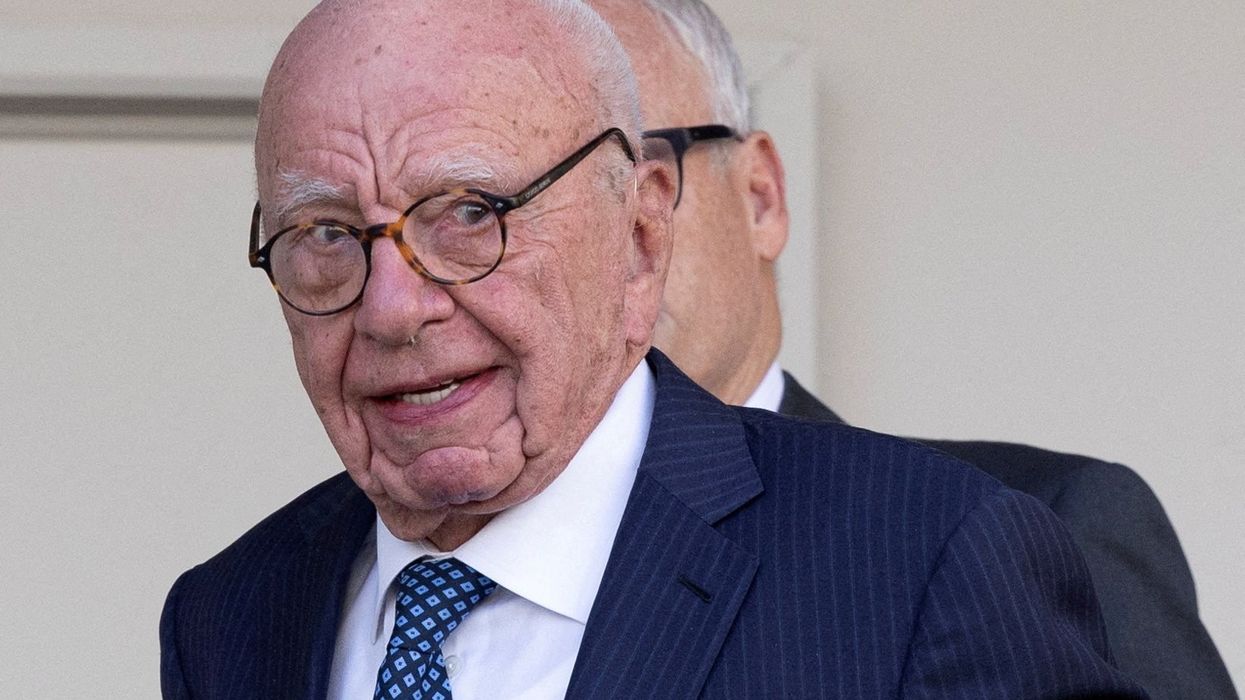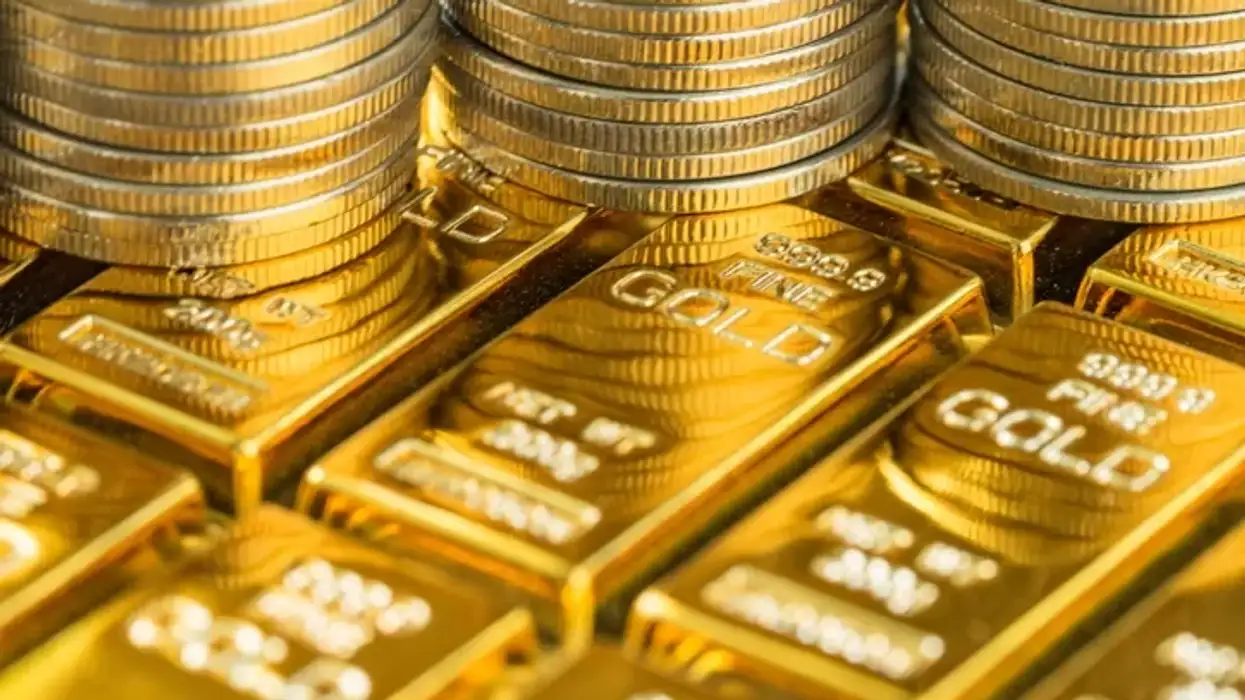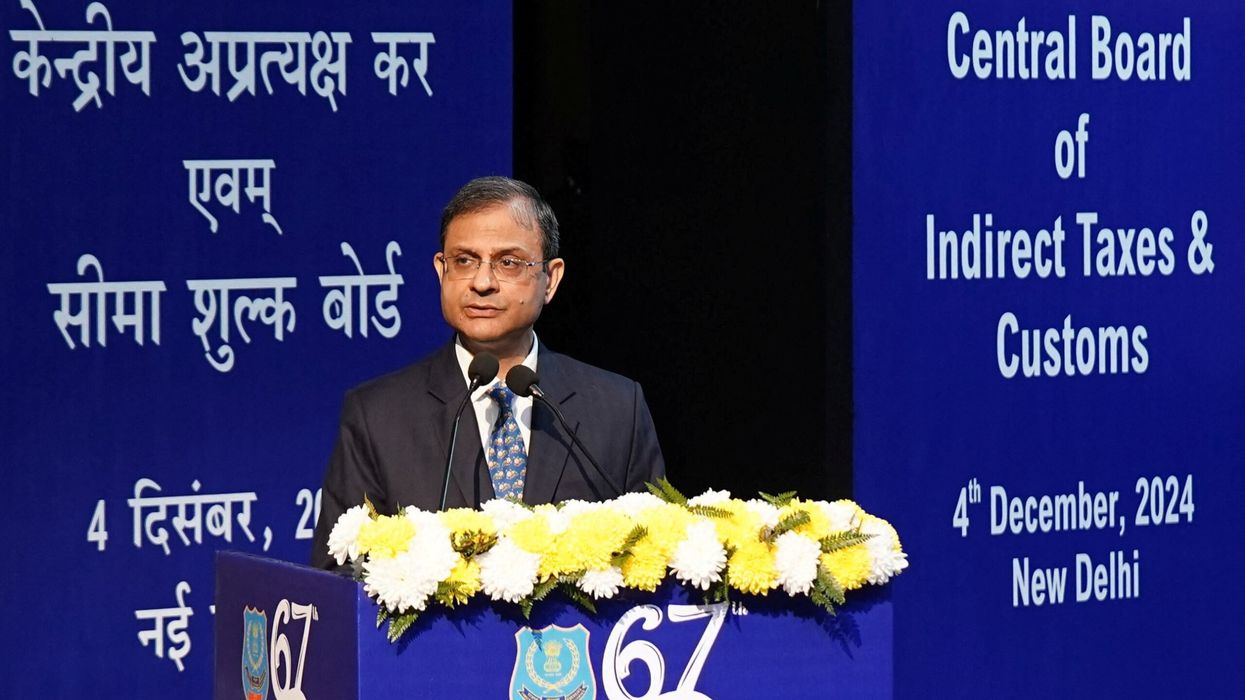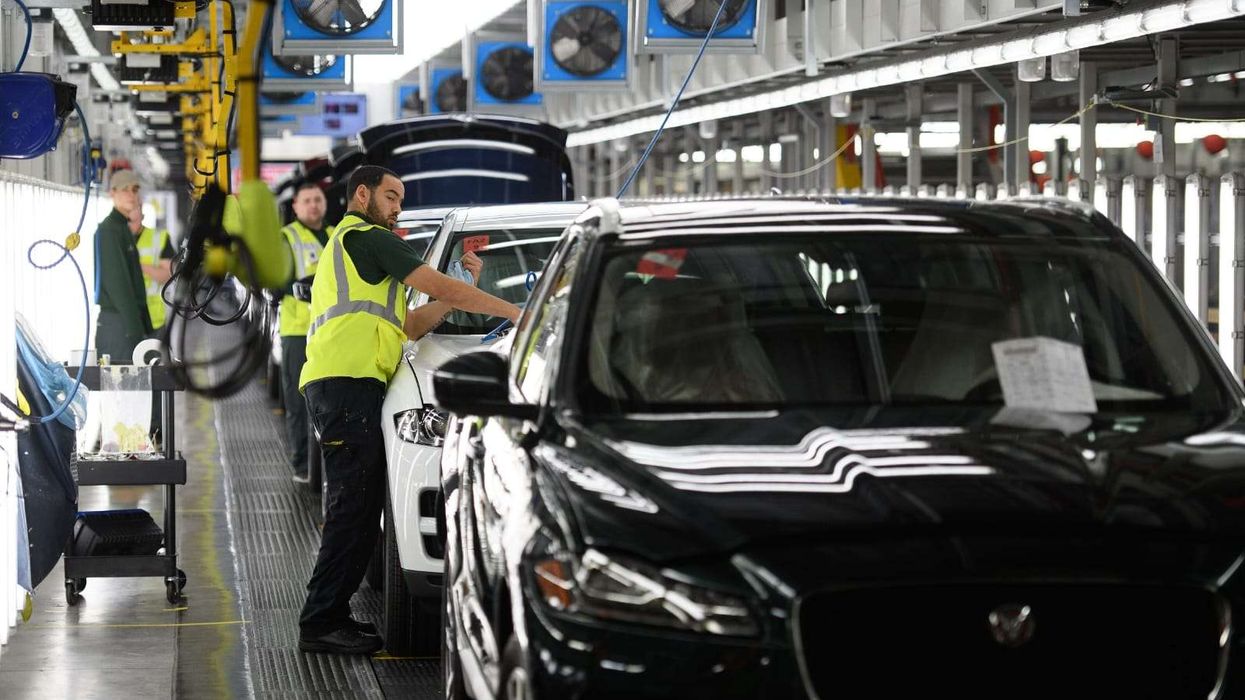By Amit Roy
WHERE did the expression "safe as the Bank of England" come from? And why is this hallowed institution called "the Old Lady of Threadneedle Street"?
These are some of the questions answered in a new exhibition marking the 325th anniversary of the Bank of England. It was founded in 1694, making it the oldest central bank in the world after Sweden's Sveriges Riksbank, which had been set up 26 years earlier in 1668.
"Spanning art, design, archaeology, architecture, ceremony, politics, wartime, the monarchy, security, fraud and forgery, crises, riots and technology, the exhibition is an absorbing presentation of world and social history from a unique perspective," proclaim the exhibition's curators.
By early 2020, the bank will have a new governor - appointed by whoever becomes chancellor after Philip Hammond -to replace the Canadian Mark Carney.
If Raghuram Rajan, former governor of the Reserve Bank of India, and Baroness Shriti Vadera, chairman of Santander UK - they have been tipped as candidates by no less than the Financial Times - want to know more about the Bank of England, they could do worse than visit the exhibition. Rajan has said lie did not apply because of concerns over Brexit, but it is not inconceivable he could be persuaded to change his mind.
According to one of the curators, Miranda Garrett, collections and exhibitions manager at the Bank of England Museum, "the Museum has about 50,000 objects. We have picked 325 objects to represent 325 years since our foundation in 1694. As an institution, there are portraits of the dead, white men. But those weren't always the ones we used in this exhibition. We have tried to pull out the lesser-known stories about women, for example.”
Visitors are not allowed to go down into the vaults. However, they can see "a recent photograph" of the vaults where everything that glitters really is gold -400,000 bars of the stuff, each weighing 13 kilograms (kg), making a staggering 5.2 million kg in all. They are evenly spread out on one-tonne palates so that gold does not sink into London clay.
"Underneath our feet right now are the vaults of the Bank of England," says Jenni Adam, curator of Bank of England Museum who worked with Garrett to pick the 325 objects.
"We store a lot of gold for the UK government, also for other overseas governments and financial institutions and central banks. The bank provides custody services looking after gold in a very secure location.”
This explains the expression, "safe as the Bank of England", she says.
The dominating façade of the front entrance in Threadneedle Street in the heart of the City of London is known the world over. Above all, the place looks heist proof.
As Adam explains: "The Bank of England has held a lot of gold for the British government for hundreds of years. It has been a very, very secure building. It was viewed as being impenetrable.
"Also, throughout the 1700s and the 1800s, people invested in the Bank of England stock. It was not a nationalised institution (until 1946). That was viewed as a very safe investment.”
The expression, "the Old Lady of Threadneedle Street", goes back to 1797 and the time of the French revolutionary wars, she goes on.
"The bank suspended payments of gold coins for its banknotes because there was a fear that France was going to invade England, and the French armies would take over the Bank of England and secure the gold.”
But it did not stop the government of William Pitt the Younger from trying to borrow more gold from the bank for its war effort. That gave rise to a famous cartoon in 1797 by James Gillray, who depicted the bank as an old lady in a dress made from notes. The prime minister is shown puckering up to the elderly woman while his hand is reaching surreptitiously into her pocket for the gold.
“And that is where the nickname - the Old Lady of Threadneedle Street - comes from," says Adam.
One of the intriguing objects on display is "a radiation fallout calculator, from 1958, used to estimate the effects of a nuclear attack.” Perhaps this gave Ian Fleming the idea of writing his novel, Goldfinger, in 1959, in which the villain, Auric Goldfinger, plots to increase the value of his own gold by detonating a dirty nuclear device inside the vaults of the US bullion depository at Fort Knox.
As a smiling Goldfinger confirms to James Bond, he does not want to steal America's gold, he just wants to render it useless by contaminating it for 58 years. The book was made into a film in 1964.
Visitors to the exhibition can put their hands into a contraption and try and lift a real bar of gold.
One of Adam's favourite items is a £10 note from 1850 stamped "forged" by the bank. In 1890, someone else tried unsuccessfully to pass it off as genuine by scraping off the word, "forged':
There is a floral "sculptures,' made by artist Justine Smith especially for the exhibition, from discarded £50 notes.
The oldest items are Roman archaeological objects found in the 1920s, says Adam, because "this is a really rich part of the City of London in terms of archaeology and history.”
Cash is giving way today to digital transactions, but Adam points out: "Cash is still really vital to the economy. Over a million people in the UK do not have a bank account.”
She says: "We want to open our history and show people some of the stories from our past: how the bank has developed as an institution and become the UK's central bank.
"We need to be able to trust the value of our money. The bank's mission is still to work for the good of the people and to maintain monetary and financial stability in the UK."
The exhibition is at the Bank of England Museum, Bartholomew Lane (off Threadneedle Street), London EC2R BAH, until May 15, 2020. Entry is free of charge.











